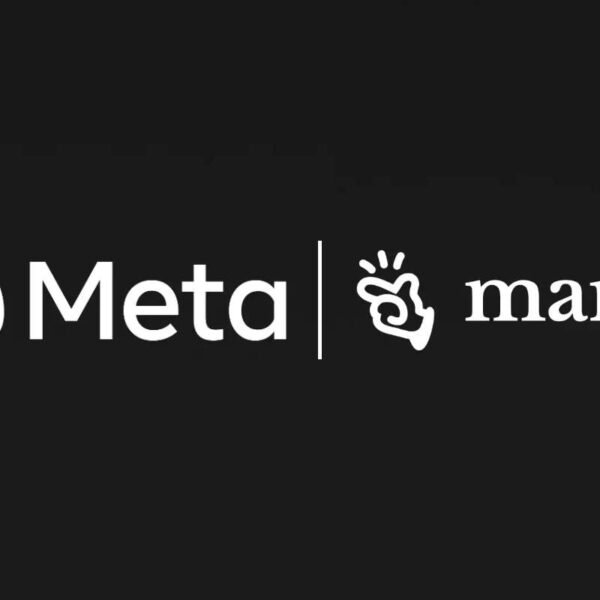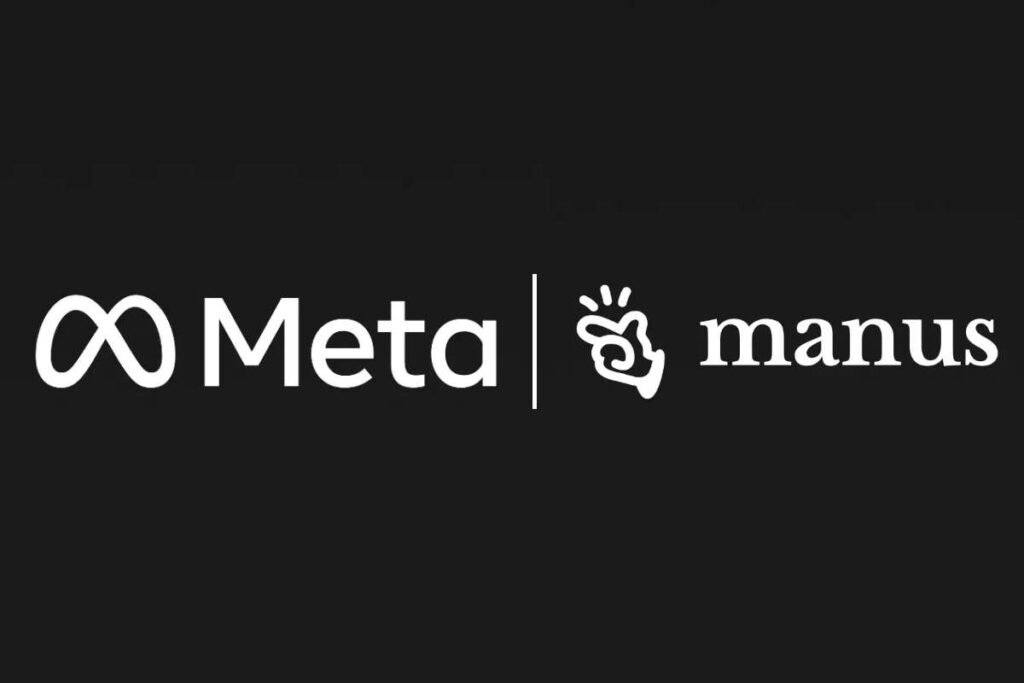Operational efficiency is the key to any organization’s success. It involves optimizing processes, reducing waste, and enhancing productivity to achieve better performance and higher profitability. Improving operational efficiency is essential for businesses to stay competitive, reduce costs, and deliver value to customers. This article explores various strategies for operational efficiency improvement and highlights the benefits of implementing these strategies.
Understanding Operational Efficiency
Operational efficiency refers to the ability of an organization to deliver products or services to its customers in the most cost-effective manner without compromising on quality. It involves streamlining processes, reducing resource consumption, and eliminating waste to achieve maximum productivity with minimal input. Operational efficiency is measured by the ratio of output to input, with the goal of maximizing output while minimizing input.
8 Steps for Operational Efficiency Improvement
1. Process Optimization
Optimizing business processes is crucial for improving operational efficiency. This involves analyzing and redesigning workflows to eliminate bottlenecks, reduce cycle times, and improve overall productivity.
- Example: Using process mapping techniques, organizations can identify inefficiencies in their workflows and implement changes to streamline operations.
2. Automation and Technology Integration
Implementing automation and leveraging technology can significantly enhance operational efficiency. Automation reduces manual intervention, minimizes errors, and accelerates processes.

- Example: Automating repetitive tasks such as data entry, invoicing, and inventory management can save time and resources, allowing employees to focus on more strategic activities.
3. Lean Management
Lean management focuses on minimizing waste and maximizing value. It involves identifying and eliminating non-value-added activities to create more efficient processes.
- Example: Adopting lean principles such as Just-in-Time (JIT) inventory management and continuous improvement (Kaizen) can lead to significant cost savings and improved efficiency.
4. Employee Training and Development
Investing in employee training and development is essential for improving operational efficiency. Skilled and knowledgeable employees can perform tasks more effectively and efficiently.
- Example: Providing training programs on new technologies, process improvements, and best practices can enhance employee capabilities and productivity.
5. Performance Monitoring and Analytics
Regularly monitoring performance and using analytics to gain insights can help identify areas for improvement. Data-driven decision-making enables organizations to optimize processes and resources.
- Example: Using key performance indicators (KPIs) and performance dashboards, organizations can track progress, identify trends, and make informed decisions to enhance efficiency.
6. Supply Chain Optimization
Optimizing the supply chain is critical for improving operational efficiency. This involves enhancing coordination, reducing lead times, and improving inventory management.

- Example: Implementing supply chain management software can improve visibility, streamline communication, and enable better demand forecasting.
7. Continuous Improvement
A culture of continuous improvement encourages employees to identify and suggest ways to enhance efficiency. Regularly reviewing and refining processes ensures ongoing optimization.
- Example: Implementing a suggestion system where employees can propose process improvements and recognizing their contributions fosters a culture of continuous improvement.
8. Resource Management
Effective resource management involves optimizing the use of materials, equipment, and labor to minimize waste and reduce costs.
- Example: Using resource planning tools to allocate resources efficiently and prevent overutilization or underutilization can improve overall efficiency.
Benefits of Operational Efficiency Improvement
1. Cost Reduction
Operational Efficiency Improvement leads to cost savings by reducing waste, minimizing resource consumption, and optimizing processes. Lower operational costs translate to higher profitability.
- Example: By automating manual processes, organizations can reduce labor costs and minimize errors, leading to significant cost savings.
2. Increased Productivity
Efficient operations enable employees to perform tasks more quickly and effectively, leading to increased productivity. Streamlined processes and reduced bottlenecks result in faster turnaround times.
- Example: Implementing lean principles can eliminate unnecessary steps and streamline workflows, allowing employees to focus on value-added activities.
3. Enhanced Quality
Operational efficiency improvements often lead to higher-quality products and services. By eliminating inefficiencies and reducing errors, organizations can deliver better outcomes to customers.
- Example: Implementing quality control measures and continuous improvement initiatives ensures consistent quality and customer satisfaction.
4. Improved Customer Satisfaction

Efficient operations enable organizations to deliver products and services more quickly and reliably, leading to higher customer satisfaction. Meeting customer expectations consistently fosters loyalty and repeat business.
- Example: Optimizing the supply chain can reduce lead times and ensure timely delivery of products, enhancing the overall customer experience.
5. Competitive Advantage
Organizations that achieve operational efficiency gain a competitive edge in the market. Lower costs, higher productivity, and improved quality position them favorably against competitors.
- Example: Companies that can produce and deliver products more efficiently can offer competitive pricing and faster delivery times, attracting more customers.
6. Better Resource Utilization
Efficient operations ensure that resources are used optimally, reducing waste and maximizing value. Effective resource management leads to sustainable and cost-effective operations.
- Example: Using resource planning tools and techniques ensures that materials, equipment, and labor are utilized efficiently, minimizing waste and reducing costs.
7. Agility and Flexibility
Operational efficiency enables organizations to respond quickly to changing market conditions and customer demands. Agile and flexible operations ensure that organizations can adapt and thrive in dynamic environments.
- Example: Implementing automation and technology integration allows organizations to scale operations and adjust processes in response to market changes.
Challenges in Achieving Operational Efficiency
1. Resistance to Change

Implementing changes to improve operational efficiency can face resistance from employees who are accustomed to existing processes. Overcoming resistance requires effective change management and communication.
- Solution: Involve employees in the change process, provide training and support, and communicate the benefits of the changes to gain buy-in.
2. High Initial Investment
Some efficiency improvements, such as automation and technology integration, require significant upfront investment. Organizations need to weigh the costs against the potential long-term benefits.
- Solution: Conduct a cost-benefit analysis to justify the investment and explore financing options or phased implementation to manage costs.
3. Complexity of Processes
Complex processes can be challenging to optimize, especially in large organizations with multiple departments and functions. Identifying inefficiencies and implementing changes can be a daunting task.
- Solution: Use process mapping and analysis tools to break down complex processes and identify areas for improvement. Involve cross-functional teams to gain diverse perspectives and insights.
4. Maintaining Quality
Ensuring that efficiency improvements do not compromise quality is crucial. Balancing speed and cost reduction with quality control requires careful planning and monitoring.
- Solution: Implement quality control measures and regular audits to ensure that improvements do not negatively impact quality. Continuously monitor and adjust processes to maintain high standards.
Conclusion
Operational efficiency improvement is essential for organizations to remain competitive, reduce costs, and deliver value to customers. By implementing strategies such as process optimization, automation, lean management, and continuous improvement, organizations can achieve significant gains in productivity, quality, and customer satisfaction.
While challenges such as resistance to change and high initial investment may arise, the long-term benefits of operational efficiency make it a worthwhile pursuit. Embracing a culture of continuous improvement and leveraging technology and data-driven insights will ensure that organizations can adapt and thrive in an ever-evolving business landscape.










